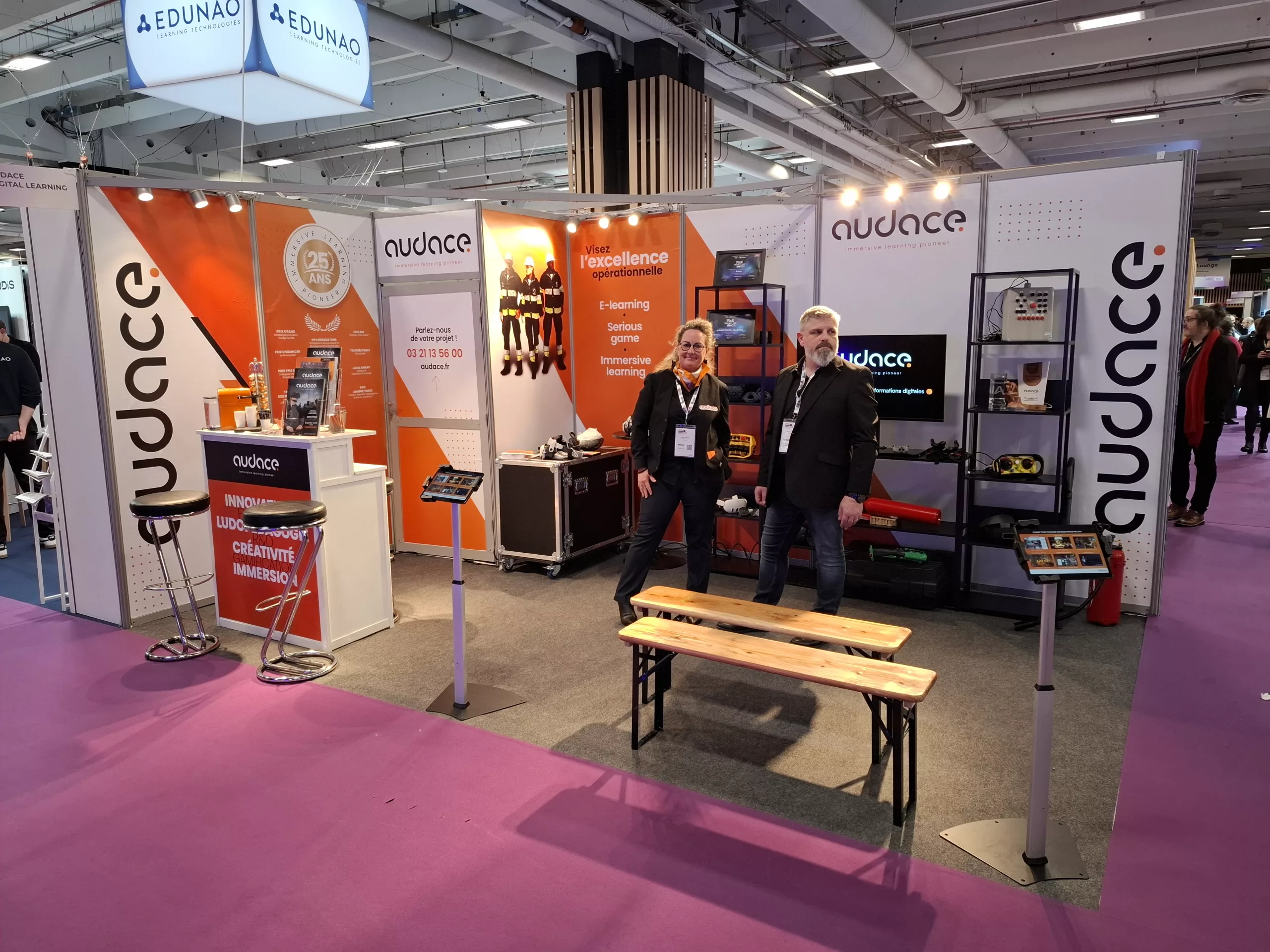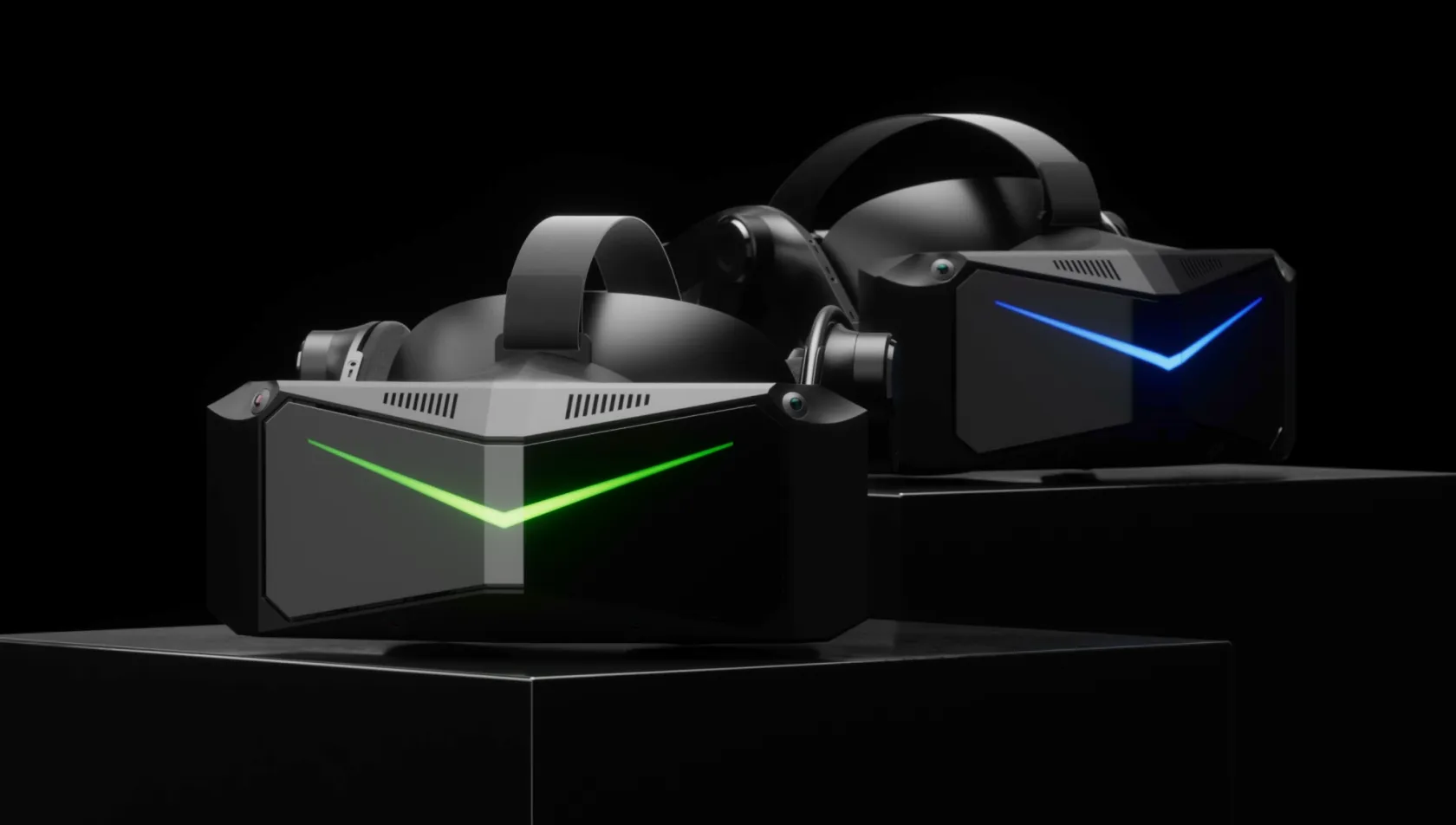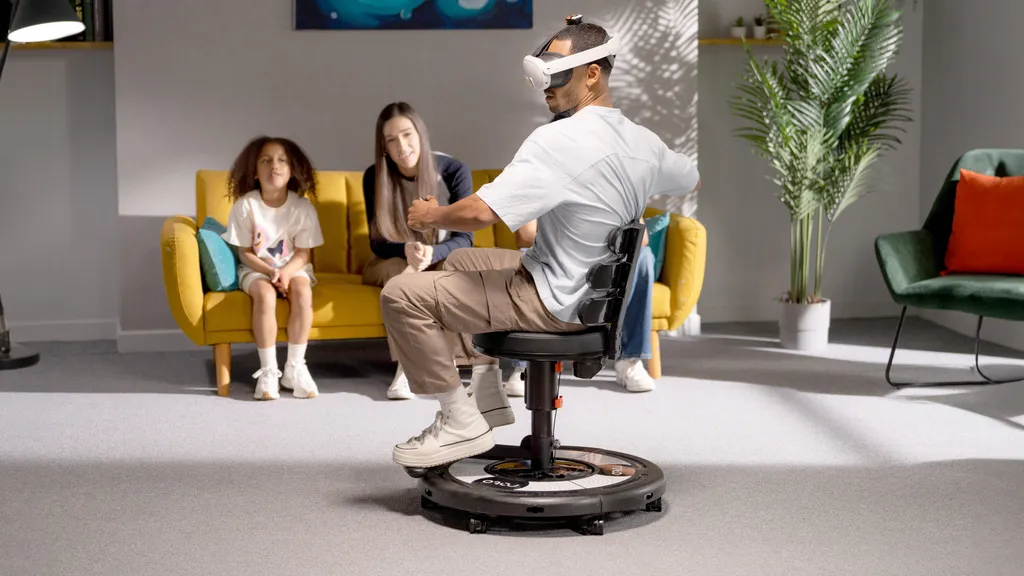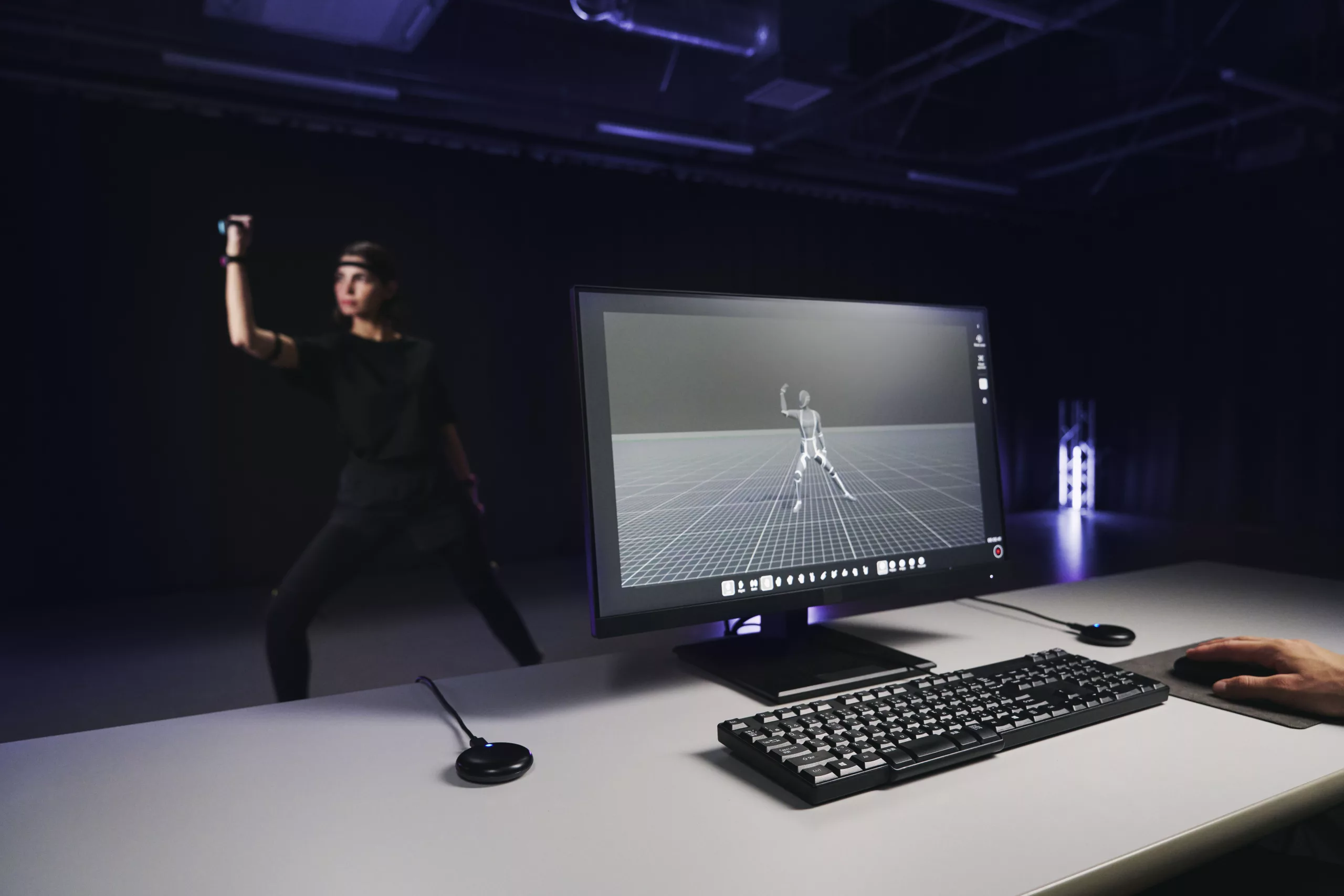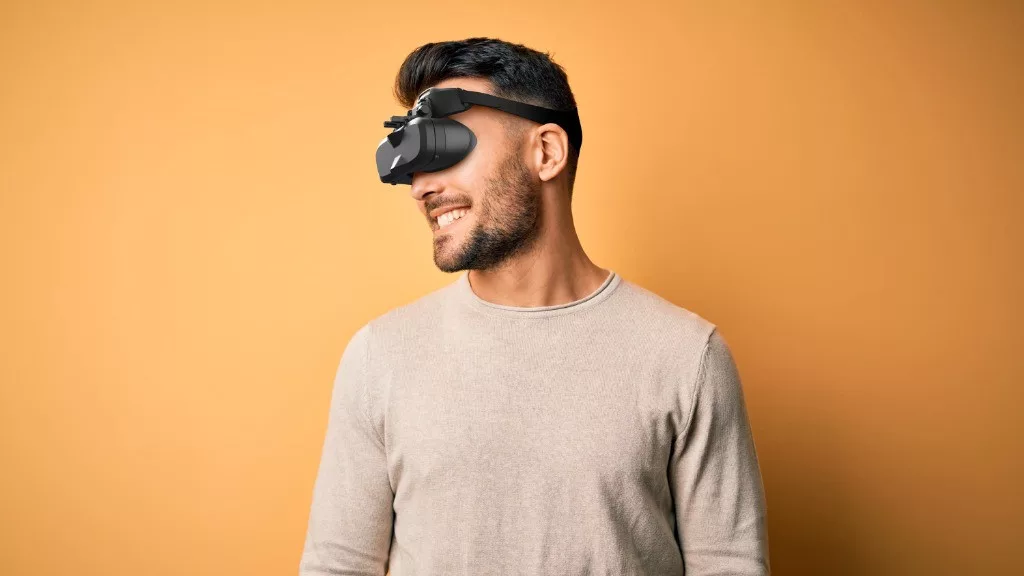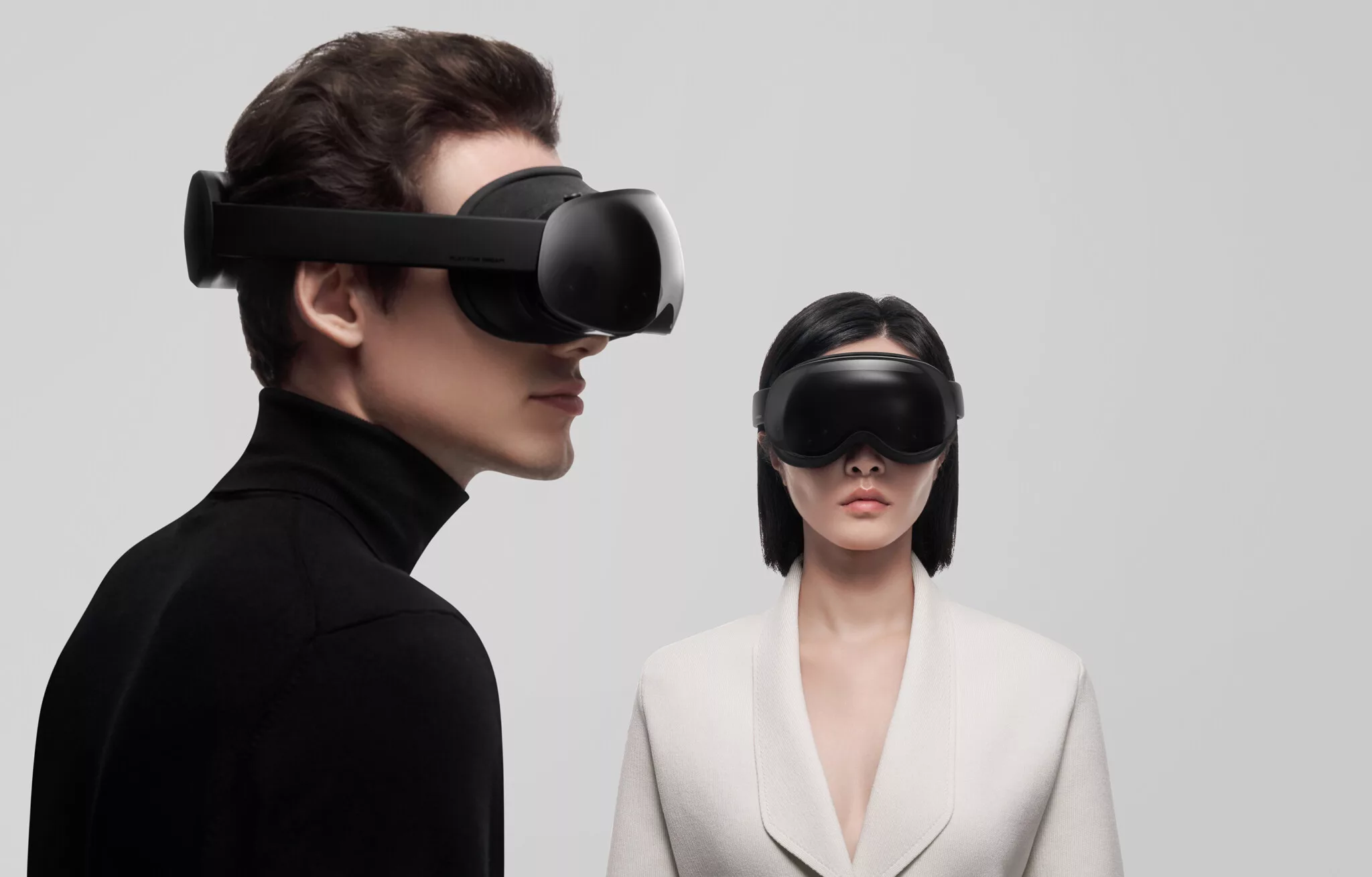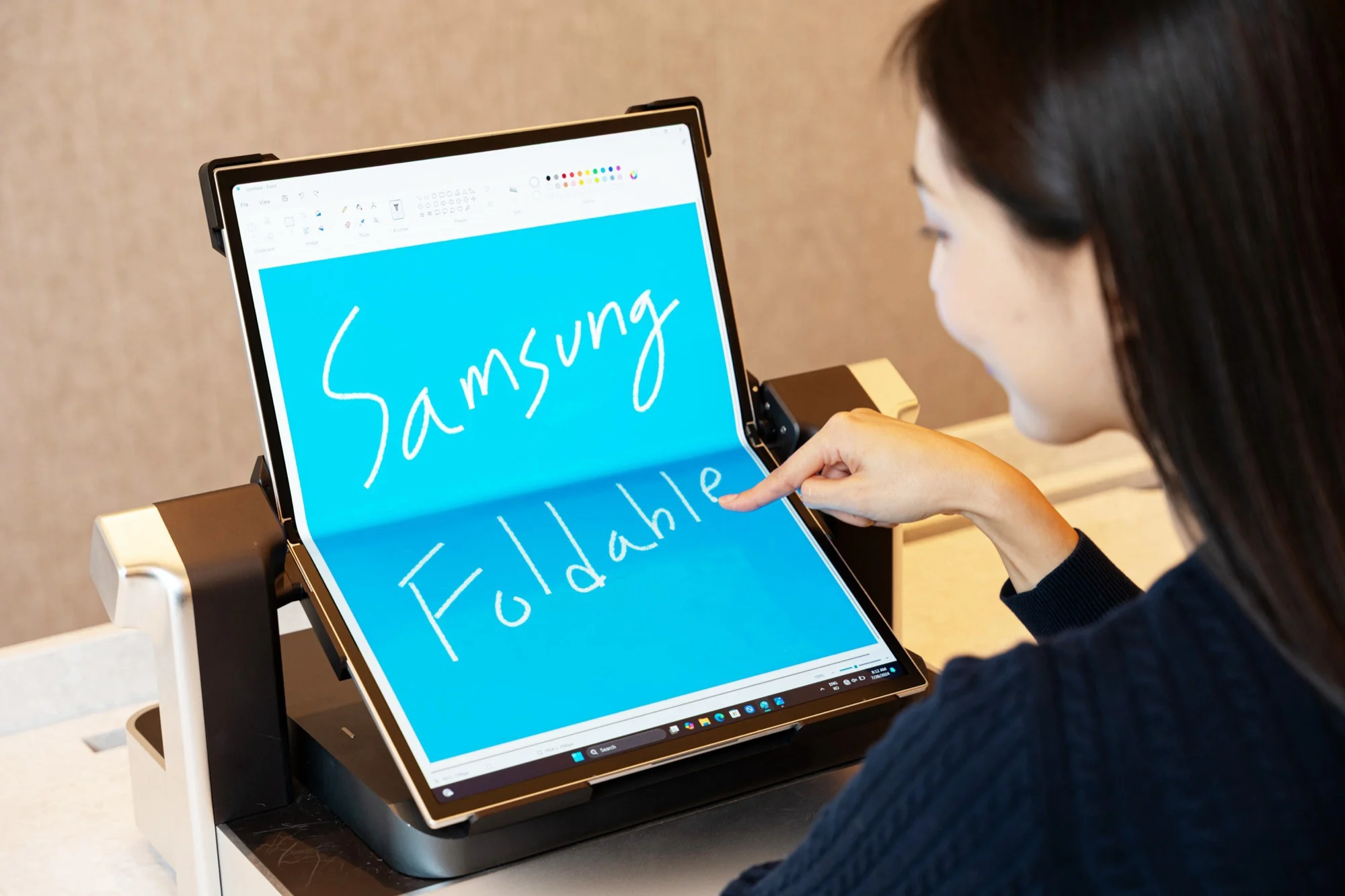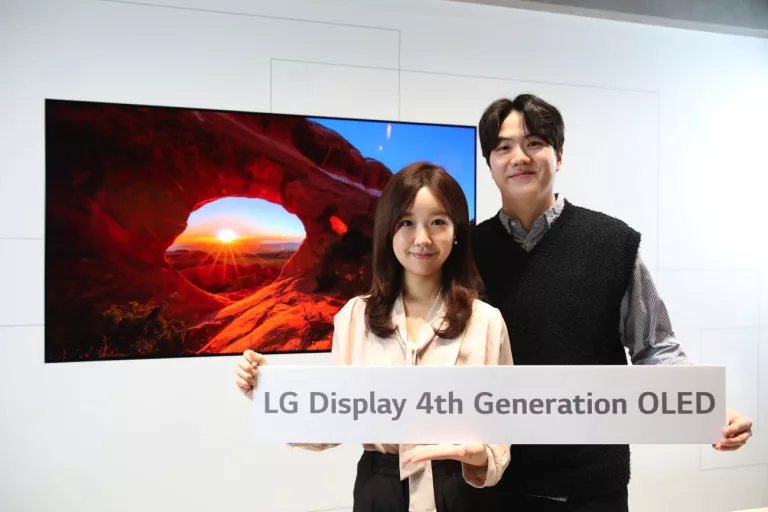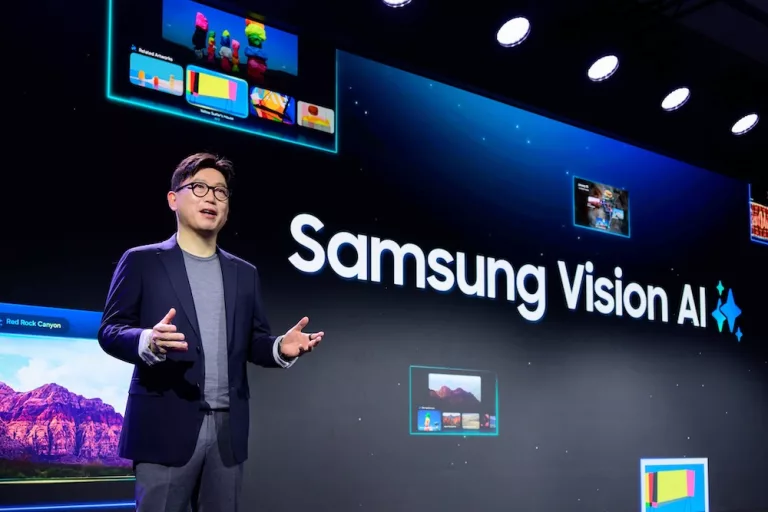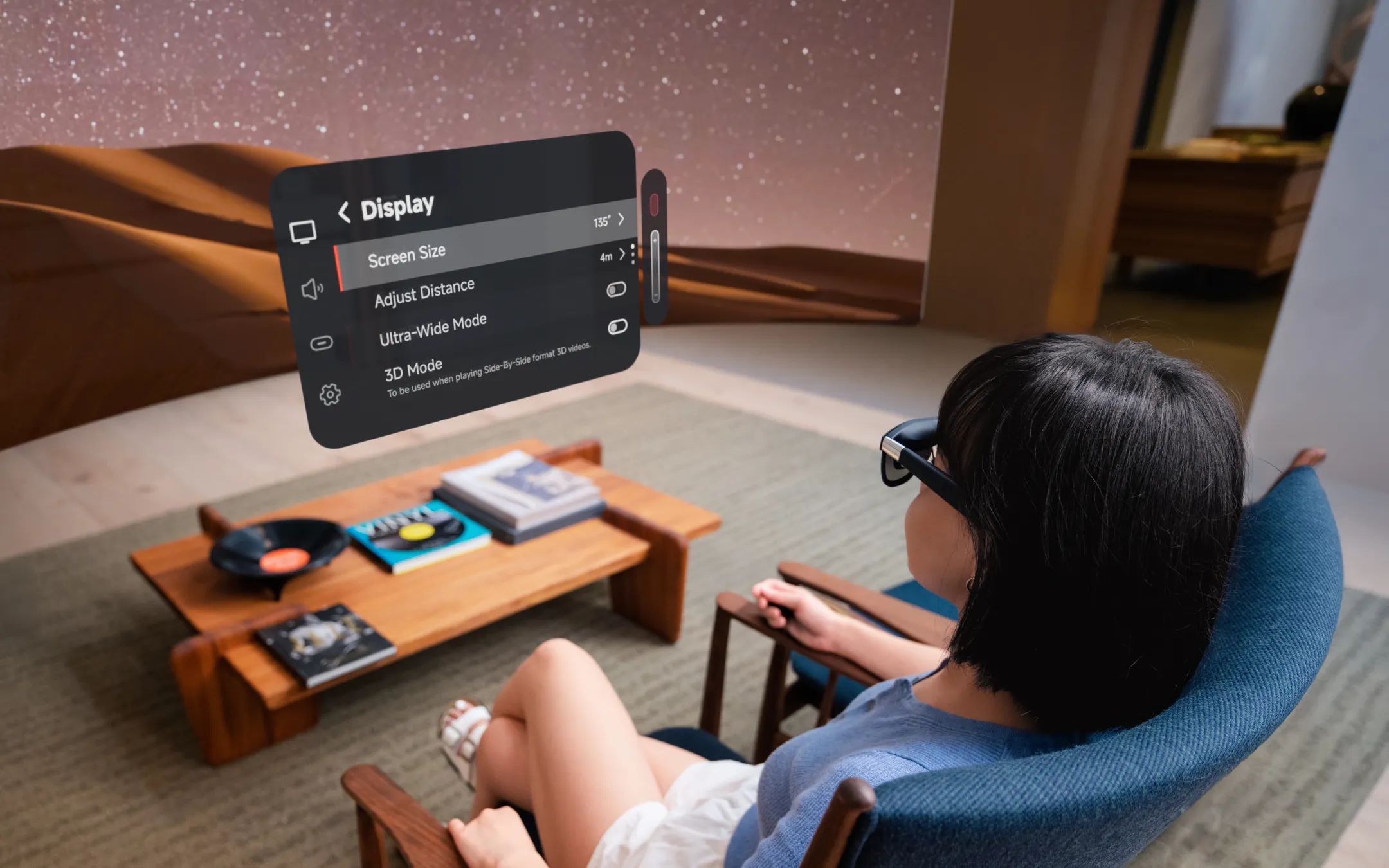The Learning Technologies conference will be held from January 29 to 30, 2025, at Paris Expo, Porte de Versailles. As every year, Audace will not miss this key event in the digital training field and looks forward to welcoming many of you at stand O61.
Come discover our most innovative and high-performance eLearning, serious games, and immersive learning solutions across various sectors (education and training, industry, logistics, construction, etc.), addressing numerous applications such as onboarding new employees, GDPR, workplace safety and cybersecurity, technical skills training, and more.
We will also invite you to test our tailor-made or off-the-shelf virtual reality simulators (VR machine driving training simulator, industrial process simulations, etc.).
Attend our selection of mini-conferences
Jérôme POULAIN, Managing Director of Audace and a pedagogy specialist with over 25 years of experience, along with Caroline VANHOVE, Pre-Sales Engineer, will be pleased to host a series of free mini-conferences (duration: 10 minutes) on digital training topics. Each intervention will be followed by a time for discussion. See you at stand O61!
Programme for January 29, 2025
11:00 a.m.: Elearning, Serious Game, XR… How to choose the right device?
How determine the best approach to meet your educational objectives? . Discover the advantages and disadvantages of each learning modality And maximize your learners’ engagement and memorization. Targeted for training and HR experts. Get the keys to wise learning choices.
11:30 a.m.: Training in virtual reality: what does it cost? what profitability?
In In this mini-conference, Caroline Vanhove challenges common misconceptions and demonstrates how virtual reality can significantly reduce training costs while enhancing the quality of learning and operational excellence within the company. With concrete cases to illustrate the demonstration.
3:00 p.m.: How to gamify or gamify your digital training course?
Find out how to capture the attention of your learners, maintain motivation throughout the training and work on memorizing knowledge. What are the levers of pedagogy and how to adapt it to your learner profiles? How to integrate edutainment into a face-to-face or distance learning course? Can we gamify everything? Jérôme Poulain will answer all your questions.
3:30 p.m.: Risk hunting, technical training… Immersive learning for the safety and productivity of your employees.
Headsets becoming more and more accessible, technology becoming more and more sophisticated… With immersive learning, learning by doing and the logic of trial/error remains the best way to acquire skills. Immersive Learning proves to be particularly efficient in addressing various challenges: integrating new operators without risking production; quickly training them on critical job tasks; delegating maintenance to operators as part of TPM (Total Productive Maintenance); improving the safety of your operators and reducing workplace accidents…
Programme for January 30, 2025
11:00 AM: Integrating an XR device into a learning journey : the key questions to ask.
Are you wondering about integrating virtual reality into your educational journey? Discover during this mini-conference the essential questions to consider, from the relevance of content to technological accessibility to guarantee the success of the immersive experience.
11:30 a.m.: Succeed in your VR device deployment strategy
Caroline Vanhove, VR Product Manager at Audace, will share her advice for successfully deploying virtual reality in your training programs. Learn how to build an effective strategy, from needs identification to practical implementation, and maximize the impact of your VR initiatives on your training and learner engagement.
2:00 p.m.: The power of “beauty” in digital learning
In the world of digital learning, editorial quality and aesthetics are not details, but on the contrary essential elements that transform the training experience. Join us to discover how these key components can significantly improve engagement, understanding and retention of information in our saturated digital environments.
3:45 p.m.: Be innovative with SCORM, bold with Tin Can
An essential pillar of the standardization of elearning content, SCORM strategies can considerably optimize the management and monitoring of training. To go further, Tin Can offers unparalleled flexibility in data collection, paving the way for personalized and immersive learning experiences. Join Jérôme Poulain for an exploration of these essential tools for more effective training.
